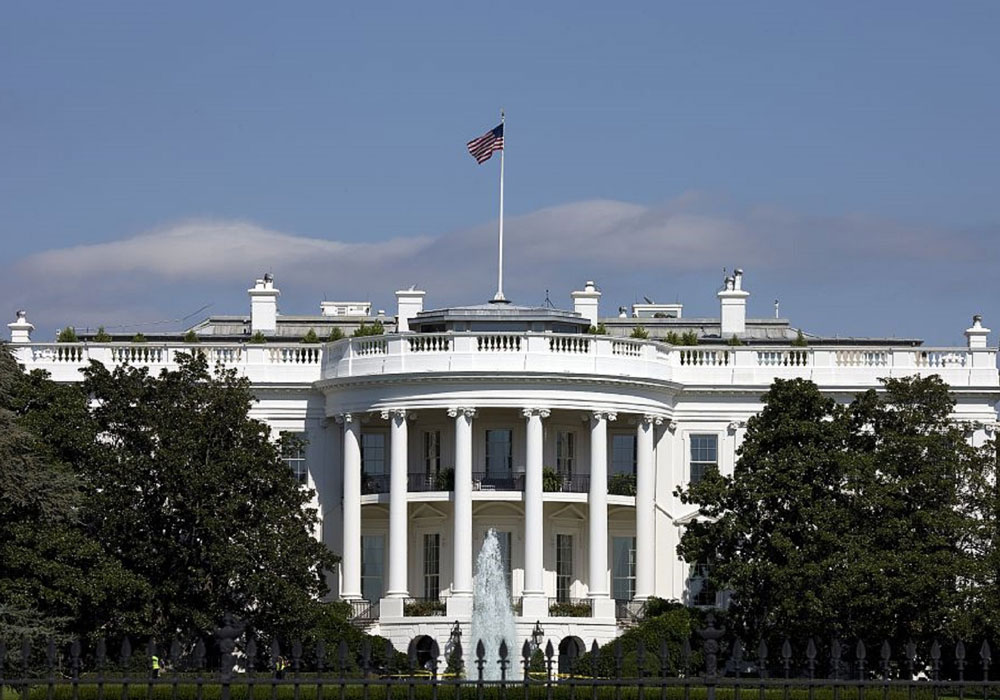On April 28, 2021, in his first congressional address to the U.S. Congress, President Joe Biden proposed another major piece of legislation to put the country back on a path to enhance public health and promote economic growth. It was the latest in a series of bills from the new administration that have implications for oncology nurses and patients with cancer.
“I stand here tonight—100 days since I took the oath of office, lifted my hand off our family Bible, and inherited a nation in crisis. The worst pandemic in a century. The worst economic crisis since the Great Depression. The worst attack on our democracy since the Civil War. Now, after just 100 days, I can report to the nation: America is on the move again. Turning peril into possibility. Crisis into opportunity. Setback into strength. Life can knock us down. In America, we always get up. And today, that’s what we’re doing: America is rising anew. Choosing hope over fear. Truth over lies. Light over darkness. After 100 days of rescue and renewal, America is ready for takeoff. We are working again. Dreaming again. Discovering again. Leading the world again. We have shown each other and the world: There is no quit in America.” —President Joe Biden
But Wait—What Happened to the 2020 Funding Bills?
The political and policy environment now views all legislation and regulatory efforts through the lens of the COVID-19 coronavirus, which devastated not only health but finances too, forcing the Trump administration to act in 2020:
-
Working in rare bipartisanship, in March 2020, the U.S. House of Representatives and Senate passed the $8.3 billion Coronavirus Preparedness and Response Supplemental Appropriations Act, which pushed funding into the U.S. Food and Drug Administration for vaccine development, Centers for Disease Control and Prevention for virus detection, and National Institutes of Health for infectious disease research.
-
A week later, Congress passed the $100 billion Families First Coronavirus Response Act with sections dedicated to paid sick leave, emergency unemployment funding, and coverage for COVID-19 health care.
-
Another week later, it passed the $2 trillion Coronavirus Aid, Relief, and Economic Security Act, which included $100 billion for hospitals, $16 billion to build medical equipment stockpiles, and COVID-19 reimbursements for Medicare recipients.
-
Finally, in April 2020, it passed the $484 billion Paycheck Protection Program and Health Care Enhancement Act, which had a $75 billion allocation for hospitals and $25 billion for COVID-19 testing.
In just two months, the United States deployed trillions of dollars to stem the tide against the public health and economic decline. But not much had changed, and now the Biden administration must submit a new series of major legislative packages.
Presidential Transition and Legislative Action
Signed into law in March 2021, the Biden administration’s $1.9 trillion American Rescue Plan Act provided “immediate and direct relief to families and workers impacted by the COVID-19 crisis through no fault of their own. This law is one of the most progressive pieces of legislation in history and will build a bridge to an equitable economic recovery.” It included:
-
Funding for nationwide community vaccination sites, testing and tracing, supply shortages, high-quality treatments, vaccine equity, and health disparities
-
Reduced or eliminated health insurance premiums for millions of lower- and middle-income families enrolled in health insurance marketplaces
-
A 100% federal continuation health coverage (COBRA) subsidy through September 1, 2021, for lost jobs or healthcare coverage from reduced hours
May 2021 saw passage of another $1.9 trillion act, the American Jobs Plan, which put billions more into infrastructure and environmental initiatives to rebuild physical construction—and increase broadband services for rural and disparate communities, which healthcare professionals will recognize would improve access to telehealth services.
Biden’s third piece of legislation, the $1.8 trillion American Families Plan, is directed at families and includes $225 billion for paid family and medical leave, $200 billion for preschool, $109 billion for community colleges, $85 billion for Pell grants, and $45 billion for nutrition programs.
ONS Perspective
Throughout 2020 and 2021, nurses have risen to meet the demands of an extraordinary crisis. Literally at the decision-making table with both the Trump and Biden administrations, nurses have advocated for safety, equity and access, patient-centered care, and the profession itself alongside ONS as policy was developed.
Your voice as a nurse has never been more important, and lawmakers want to hear from you as America reshapes society. “I stand here tonight before you in a new and vital hour in the life of our democracy and our nation,” Biden said in that first congressional address. “And I can say with absolute confidence: I have never been more confident or more optimistic about America.”






